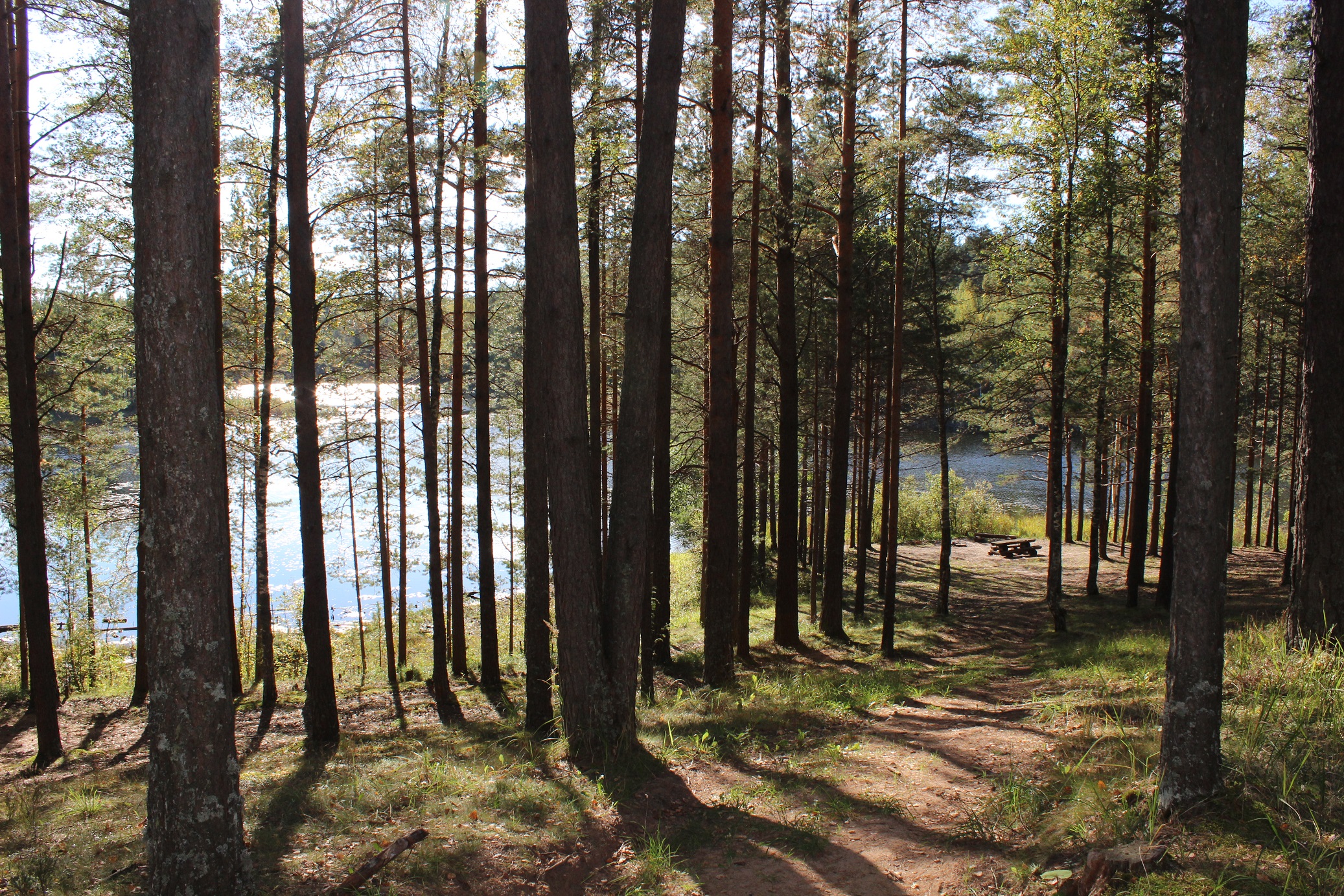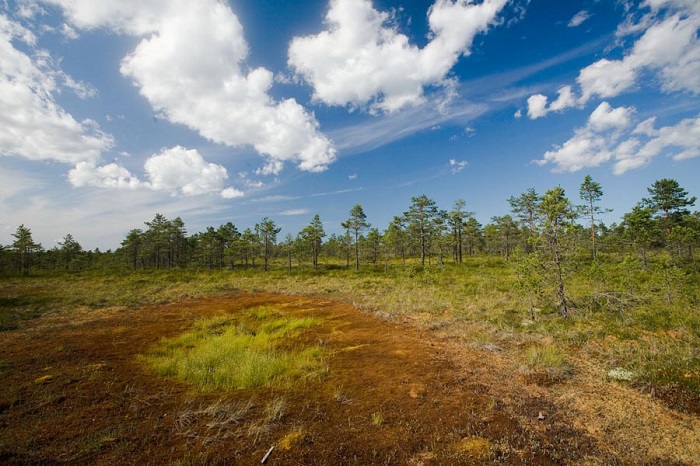Kurtna is Estonia’s lake-richest region: there are 40 lakes per 30 sq. km. Kurtna, is beloved recreation area a part of the Alutaguse national park.

Lake Ahnejärv. Photo: Anne-Ly Feršel
Kurtna is Estonia’s lake-richest region: there are 40 lakes per 30 sq. km. Kurtna, is beloved recreation area a part of the Alutaguse national park.

Lake Ahnejärv. Photo: Anne-Ly Feršel
The Iisaku Landscape Protection Area (58,5 ha) has been established 2018, to protect Iisaku Esker and its forest park. The area is part of the Alutaguse National Park.
The Alutaguse National Park, Selisoo Protected Area (2,051 ha) values bog and forest communities. The Selisoo Protected Area is a part of the Natura 2000 network.


The Alutaguse National Park, Puhatu Protected Area (12,320 ha) has been founded for the conservation of wetlands, protected species and their habitats. In its east, the protected area encompasses the Poruni River and the river valley together with species-rich alluvial and broadleaved primeval forests. The Puhatu Protected Area is a part of the Natura 2000 network.
The Struuga Landscape Protection Area (1,244.3 ha) aims to protect the old rivers (also known as “struugas”), floodplain meadows as well as their habitats. Ida-Virumaa’s one of the most unique protected areas is also a Natura 2000 Special Protection Area and part of the Alutaguse National Park.
The Alutaguse National Park, Muraka Nature Reserve (13,980 ha) has been founded to protect one of Estonia’s largest and best preserved mire landscapes, protected species and their habitats. The Muraka Protected Area is a part of the Natura 2000 network, and one of the Ramsar wetlands of international importance.
The Alutaguse National Park, Agusalu Protected Area (11,003 ha) has been established to protect the intact bog landscape, diversified communities and rare species. The Agusalu Protected Area is a part of the Natura 2000 network, and one of the Ramsar wetlands of international importance.
Puhatu bog is the largest bog area in Estonia. The banks of the River Poruni, which run along the edge of Puhatu bog, host valuable forest sites, similar to “virgin” forests. The Puhatu and Agusalu bog system is one of the very last extensive transitional bog areas in Estonia.